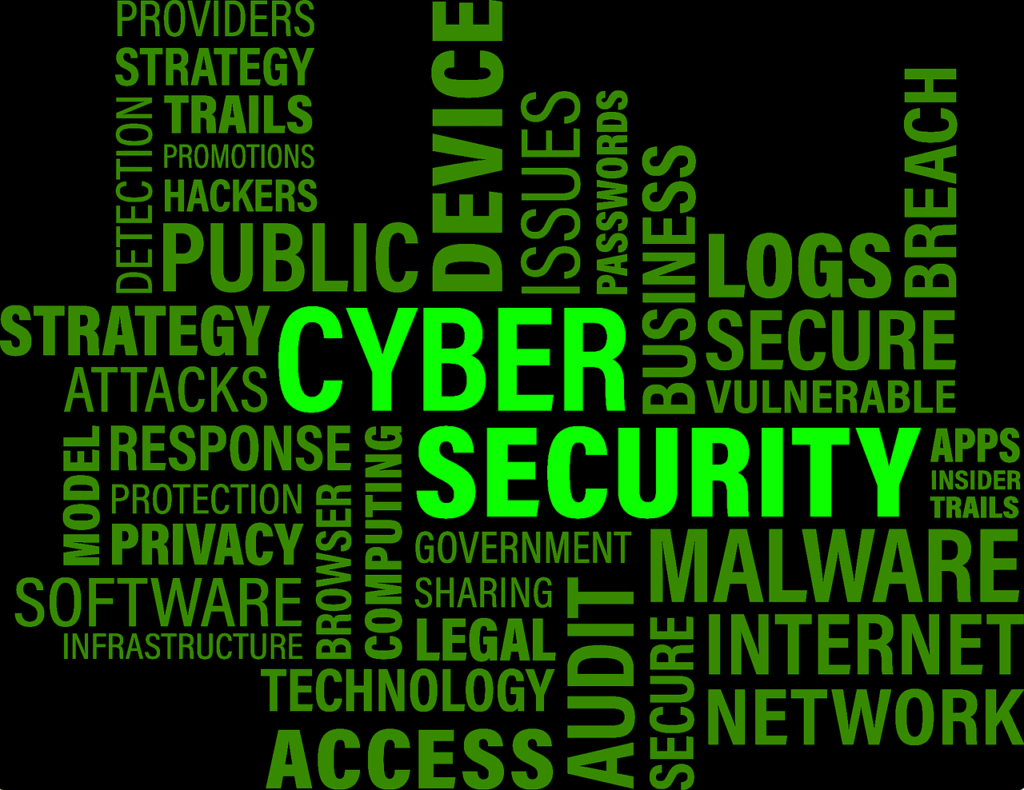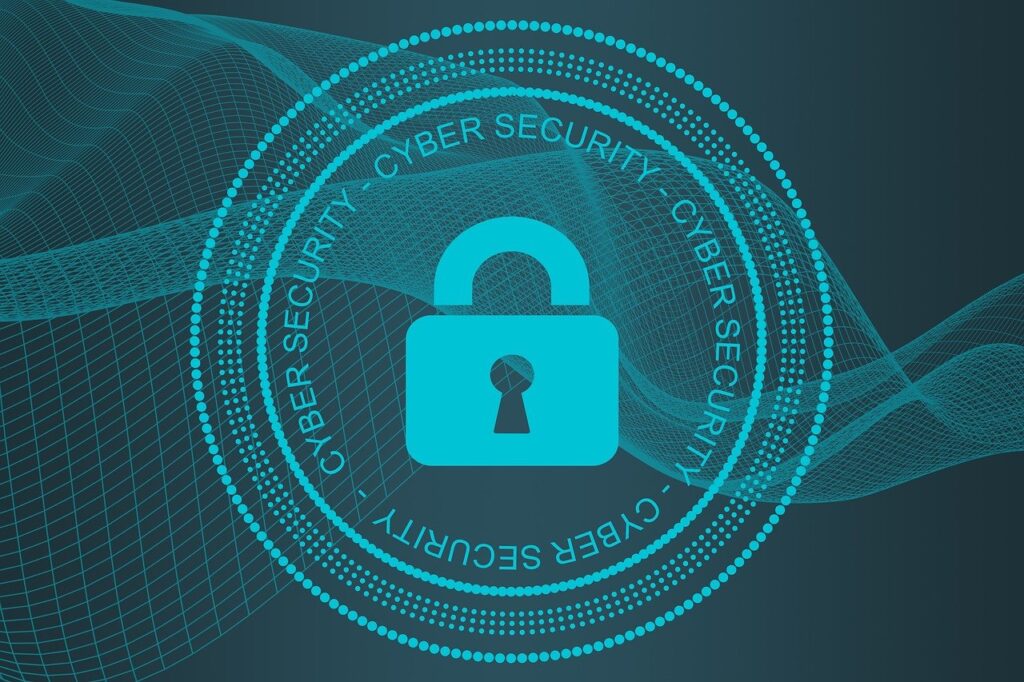It’s that time of year again when we all reminisce on the past year and make resolutions for how we can do better in the year ahead—especially when it comes to cybersecurity.
Right up to the end of the year, massive cyber-attacks made immense waves in 2017. In the year ahead, organizations must prepare for the unknown, so they have the flexibility to endure unexpected and high impact security events. To take advantage of emerging trends in both technology and cyberspace, businesses need to manage risks in ways beyond those traditionally handled by the information security function, since innovative attacks will most certainly impact both business reputation and shareholder value.
Based on comprehensive assessments of the threat landscape, the Information Security Forum recommends that businesses focus on the following security topics in 2018:
- Crime-As-A-Service (CaaS) Expands Tools and Services
- The Internet of Things (IoT) Adds Unmanaged Risks
- Supply Chain Remains the Weakest Link in Risk Management
- Regulation Adds to Complexity of Critical Asset Management
- Unmet Board Expectations Exposed by Major Incidents
We’ve provided an overview for each of these areas below:
1. Crime-As-A-Service (CaaS) Expands Tools and Services
Criminal organizations will continue their ongoing development and become increasingly more sophisticated. The complex hierarchies, partnerships and collaborations that mimic large private sector organizations will facilitate their diversification into new markets and the commoditization of their activities at a global level. Some organizations will have roots in existing criminal structures, while others will emerge focused purely on cybercrime. Organizations will struggle to keep pace with this increased sophistication and the impact will extend worldwide, with cryptoware in particular becoming the leading malware of choice for its threat and impact value.The resulting cyber incidents in the coming year will be more persistent and damaging than organizations have experienced previously, leading to business disruption and loss of trust in existing security controls.
2. The Internet of Things (IoT) Adds Unmanaged Risks
Organizations will adopt IoT devices with enthusiasm, not realizing that these devices are often insecure by design and therefore offer many opportunities for attackers. In addition, there will be an increasing lack of transparency in the rapidly-evolving IoT ecosystem, with vague terms and conditions that allow organizations to use personal data in ways customers did not intend. It will be problematic for organizations to know what information is leaving their networks or what data is being secretly captured and transmitted by devices such as smartphones and smart TVs. When breaches occur, or transparency violations are revealed, organizations will be held liable by regulators and customers for inadequate data protection. In a worst-case scenario, when IoT devices are embedded in industrial control systems, security compromises could result in harm to individuals or even loss of life.
3. Supply Chain Remains the Weakest Link in Risk Management
Supply chains are a vital component of every organization’s global business operations and the backbone of today’s global economy. However, security chiefs everywhere are concerned about how open they are to an abundance of risk factors. A range of valuable and sensitive information is often shared with suppliers and, when that information is shared, direct control is lost. This leads to an increased risk of its confidentiality, integrity or availability being compromised. In the coming year, organizations must focus on the weakest spots in their supply chains. Not every security compromise can be prevented beforehand, but being proactive now means that you— and your suppliers—will be better able to react quickly and intelligently when something does happen. To address information risk in the supply chain, organizations should adopt strong, scalable and repeatable processes—obtaining assurance proportionate to the risk faced. Supply chain information risk management should be embedded within existing procurement and vendor management processes. This readiness may determine competitiveness, financial health, share price, or even business survival in the aftermath of a breach.
4. Regulation Adds to Complexity of Critical Asset Management
New regulations, such as the European Union General Data Protection Regulation (GDPR), will add another layer of complexity to the issue of critical information asset management that many organizations are already struggling with. The GDPR aims to establish the same data protection levels for all EU residents and will focus on how organizations handle personal data. Businesses face several challenges in preparing for the reform, including a widespread lack of awareness among internal stakeholders. The additional resources required to address the obligations are likely to increase compliance and data management costs while pulling attention and investment away from other important initiatives. In the longer term, organizations will benefit from the uniformity introduced by the reform. But it is not just in the area of privacy where legislation will bite. The increasing burden of compliance and legislative variances across jurisdictions will increase the burden for multi-nationals and those businesses targeting international trade.
5. Unmet Board Expectations Exposed by Major Incidents
Boards will expect that their approval of increased information security budgets will have enabled the Chief Information Security Officer (CISO) and the information security function to produce immediate results. However, a fully secure organization is an unattainable goal, and many boards are unaware that making substantial improvements to information security will take time—even when the organization has the correct skills and capabilities. Consequently, the expectations of boards will quickly accelerate beyond their information security functions’ ability to deliver. Misalignment between a board’s expectations and the reality of the security function’s ability to deliver will be most cruelly exposed when a major incident occurs. Not only will the organization face substantial impact, the repercussions will also reflect badly on the individuals and collective reputations of the board members.
A Continued Need to Involve the Board
The role of the C-Suite has undergone significant transformation over the last decade. Public scrutiny of business leaders is at an all-time high, in part due to massive hacks and data breaches. It’s become increasingly clear in the last two years that in the event of a breach, the hacked organization will be blamed and held accountable. That means everyone in the C-suite is potentially on the chopping block.
The executive team sitting at the top of an organization has the clearest, broadest view. A serious, shared commitment to common values and strategies is at the heart of a good working relationship between the C-suite and the board. Without sincere, ongoing collaboration, complex challenges like cybersecurity will be unmanageable. Covering all the bases—defense, risk management, prevention, detection, remediation, and incident response—is better achieved when leaders contribute from their expertise and use their unique vantage point to help set priorities and keep security efforts aligned with business objectives.
Given the rapid pace of business and technology, and the countless elements beyond the C-suite’s control, traditional risk management simply isn’t nimble enough to deal with the perils of cyberspace activity. Enterprise risk management must build on a foundation of preparedness to create risk resilience by evaluating threat vectors from a position of business acceptability and risk profiling. Leading the enterprise to a position of readiness, resilience and responsiveness is the surest way to secure assets and protect people.
Incidents will happen as it is impossible to avoid every breach. But you can commit to building a mature, realistic, broad-based, collaborative approach to cybersecurity and resilience. Maturing your organization’s ability to detect intrusions quickly and respond expeditiously will be of the highest importance in 2018 and beyond.
- On the Cybersecurity Horizon: Digital and Physical Worlds Set to Collide - July 15, 2020
- Head in the Clouds: Managing Security in a Multi-Cloud World - March 24, 2020
- Cybersecurity New Year’s Resolutions from the Information Security Forum - December 28, 2019




Comments are closed.